Share this
Brynley Odu Davies, started his photography career in the music industry, picturing live events, bands and album covers and working with clients including The Ministry of Sound and Peckham events venue, Bussey Building. He rapidly gained recognition for photographing South London’s most exciting emerging musicians. In 2020, he experienced a sudden and unplanned career change when the pandemic led to the cessation of live music events. Around the same time, while taking a lockdown walk in Peckham, he met South London based artist Conor Murgatroyd. Intrigued by Murgatroyd’s distinct personal style, Brynley asked to shoot him in his studio. The resultant images sparked the beginning of a monumental project that would take up most of Byrnley’s time for the subsequent three years.
From 2020 onwards, Brynley has travelled solo around the UK to photograph contemporary artists in their studios. He has been everywhere; from the shores of southern England up to the Scottish coast, across to Wales and on a ferry to Northern Ireland. His images exist as an unparalleled archive, presenting a panoptic picture of the creatives who are shaping the UK’s emerging art world.
Text courtesy of Bella Bonner.
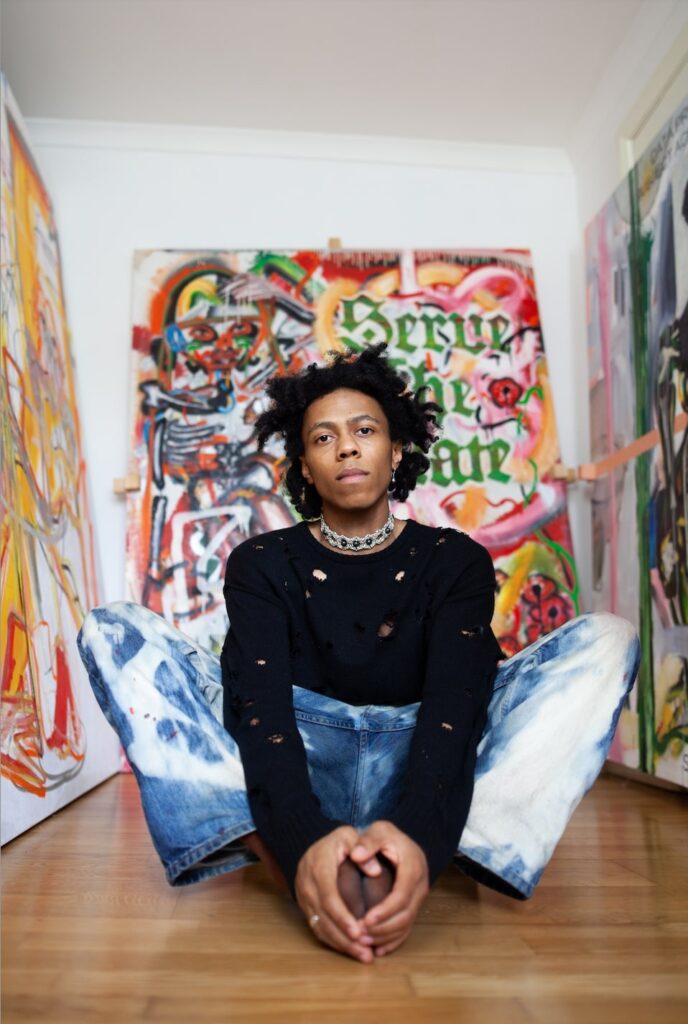
Hi Brynley! It’s a pleasure to sit down with you. First question that I always ask. How does a regular day look like for you in London?
Heya! Rubén. A regular day in London, hmm. I usually get up around 8am, have two coffees and go for a walk in the park near my house. I then head out to do a shoot somewhere; it could be anywhere in London really, I just check the address and put it in City Mapper and head out. Usually, I’ll shoot with somebody in the morning, then maybe do another shoot later on in the evening too. I usually ask people what time the light is best in their studio or home and try to plan around that. Afterwards, I might go to a private view, meet with a friend or spend an evening at home editing photographs and listening to music by myself.

So how did you get introduced to photography? What were the early days like? When did you first start out practicing with your camera? And when did your journey start for real?
My uncle, who passed away last year, originally ignited my interest in photography; he loved it and he really encouraged me. Alongside this, I think I was always naturally drawn to images. As a kid, I would look through books and magazines to seek out photographs. As I got a little older, I spent hours and hours almost every day scrolling through google images, searching for portraits of famous people who I was interested in. In particular, I studied the iconic photos of Muhammad Ali or Jimi Hendrix. When I come across an image of one of these people nowadays, I am always surprised and almost amazed. I thought I must have seen them all.
I got my first camera, a small point and shoot, from a charity shop in Cardiff when I was about 14 years old. I still used thatcamera years later when I began taking professional images. Ialso bought an old SLR film camera from a guy I knew growing up, an American dude called Oli. It was a hard ass camera to use, but I remember taking a photograph in a café in Bath that I liked. It was of a sugar pourer next to a coffee mug – I must still have that photograph print somewhere in a cupboard back home. If I’m honest, all of my earlyphotographs, apart from that one, were shit.
I started photographing professionally when I graduated from Ravensbourne University in 2018. Once I finished my studies, I knew if I wanted to make a career out of this, I just needed to go for it. I obsessively tried to do as much as I could to learn more and get work; I watched YouTube videos, lookedthrough magazines and even messaged random people on Instagram to ask for advice. After about six months, I started to make my way.
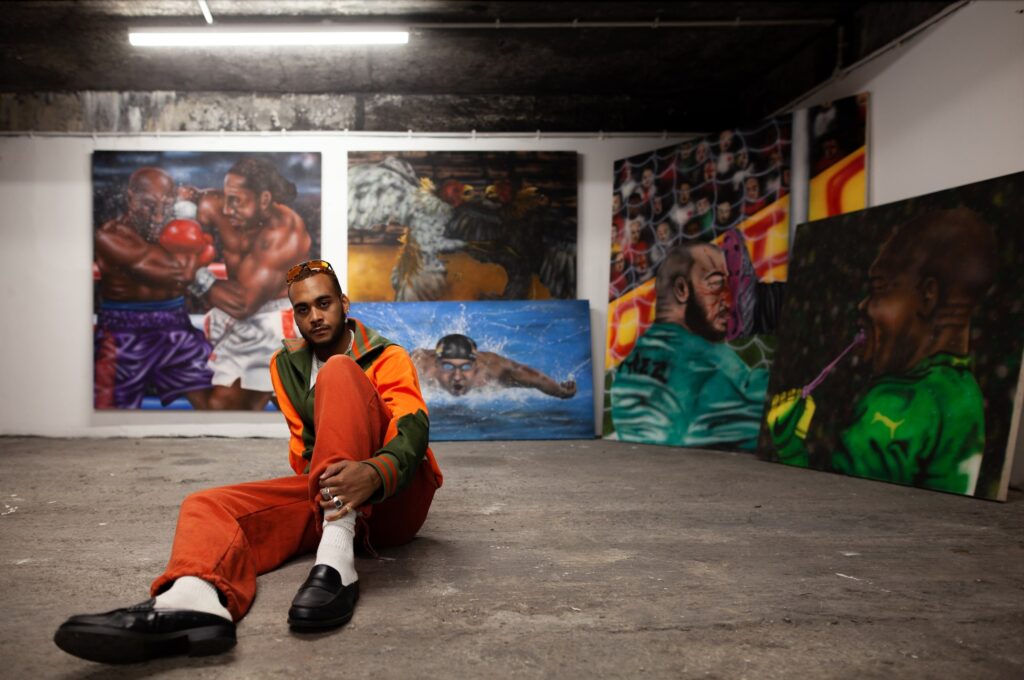
With that in mind. I know that you started your project-series of photographing artists in 2020 during Covid lockdown. Can you tell me a little bit about that. What was your initial idea and what was your thought process like?
The whole project started organically, when I photographed a South London based artist called Conor Murgatroyd. After this shoot, other artists followed me on Instagram and I also began reaching out to more artists. That one shoot opened up a whole new world of really creative people who I was excited to meet and document.
This coincided with the start of Lockdown, and honestly, I think the project kept me sane while the world went mad. I got to keep working and meeting people, albeit while social distancing. When the project really got going, it became about documenting as many talented people as possible while also creating a record of what artists were doing during this ‘unprecedented’ time.
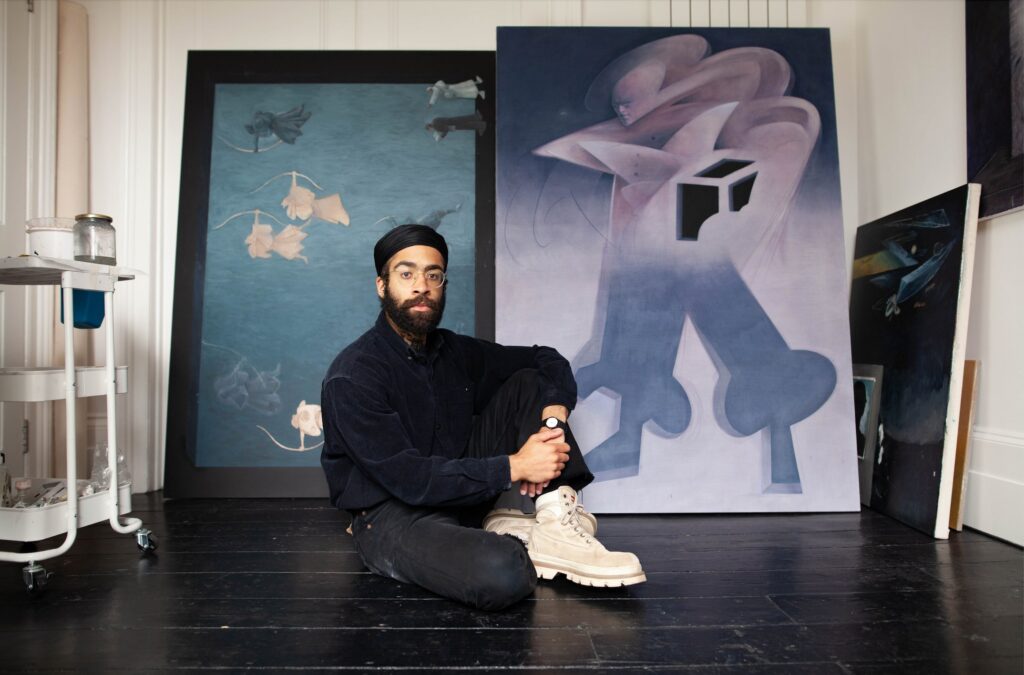
In one of your previous interviews, I read that you wanted to ensure the project rejected London-centricity and instead representing the nation of artists as a whole. Can you talk to me a little bit about that?
When I was taking images in London, those artists were telling me about others in St Ives or at the Glasgow School of Art in Scotland. I quickly learned about all the places outside of London that had long-standing and exciting art communities of their own. Of course, I wanted to see them and document them all for myself.
“Traveling around and meeting people was really beautiful – I feel like everybody knew of each other already, from online spaces for example, and I was somehow bridging the gap by going out and meeting them in person. Still to this day, I try and connect people together and I hope my future projects will do the same.
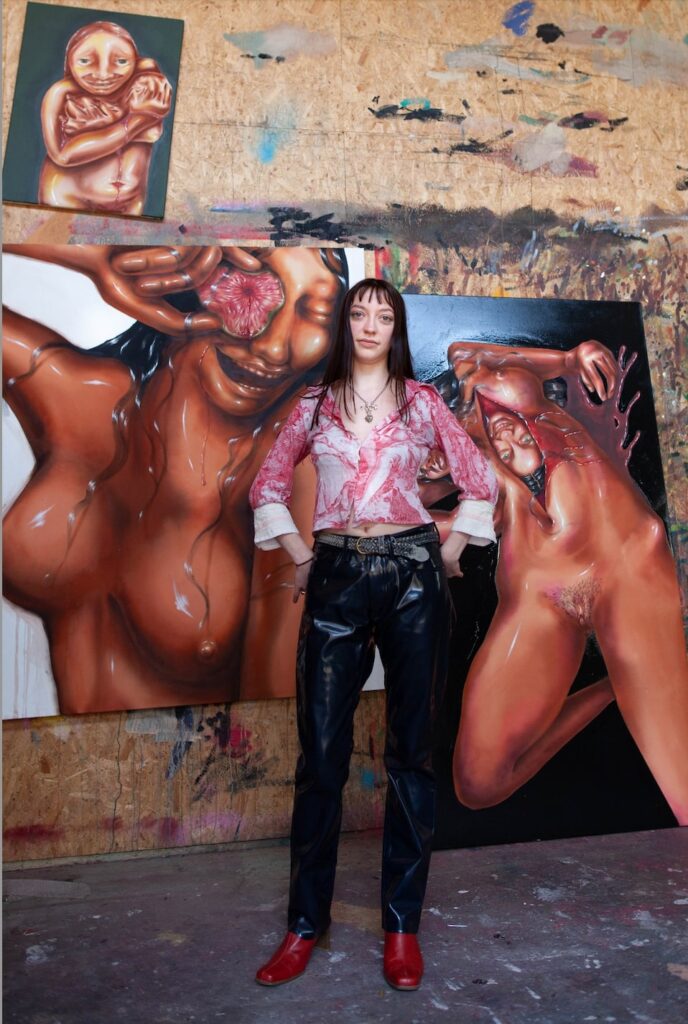
So what made you want to document UK’s up-and-coming as well as established artists?
When I started the project, the ‘up and coming’ generation where my peers; I was about two years out of uni and 25 years old at the time. I have always thought it’s good to grow with your age group, to document people my age now and keep doing so as we all get older. I did photograph some older and more established artists too, but my main focus was those in a similar position to me – driven by passion, grinding away and working on their craft fueled by big ideas and dreams of the future.

During the last 3 years, you’ve photographed over 200 artists. Were you already familiar with any of the artists when you first started out? Or how did you get your foot in the door?
Yeah, it sounds like a lot now doesn’t it. I knew a few peoplefrom the start, like artist Billy Fraser who I went to school with. Everyone else, I met through the project.
In terms of the process, I searched people out on Instagram and made a database of all the artists I could find in different cities. I usually found one artist in a certain city and then used their profile or interviews with them to find others. I would also reach out to them and they would kindly suggest other artists they knew in their location.
I feel like I did actually manage to capture a good number of young UK-based artists, many of whom have a very bright future ahead of them. Most of the artists were at the beginning of their career when we met, which is very special as it means in many cases I was the first person to photograph them in this way.
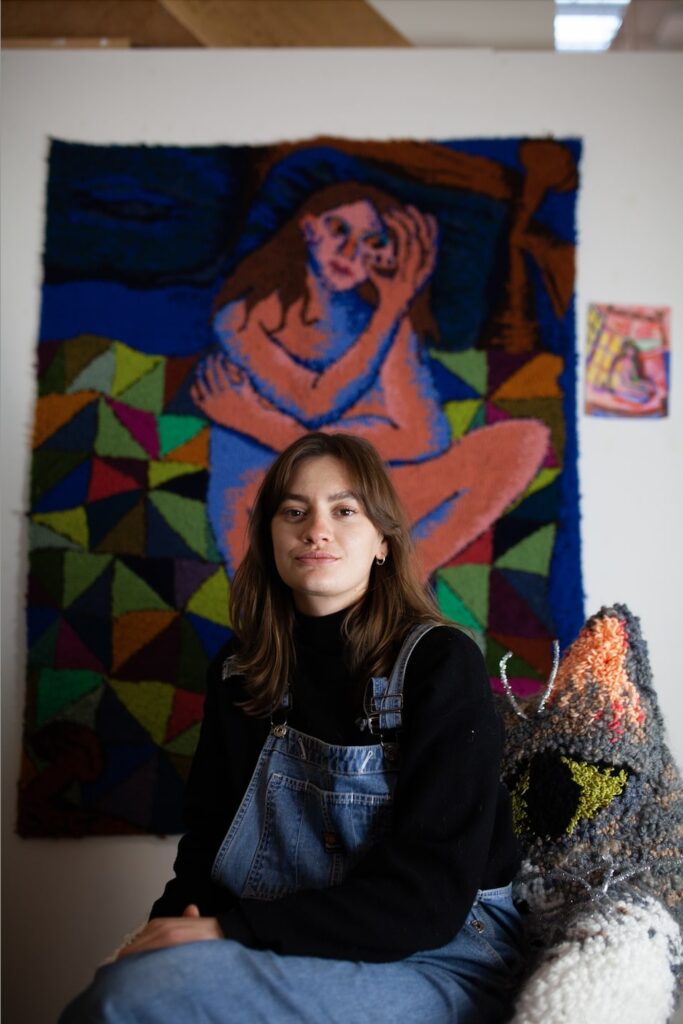
How important is authenticity in your work? And can a picture still be good, if it doesn’t have any?
My approach to taking images is very casual. I usually just chat to people first and make friends with them before starting to shoot. My photos aren’t overly directed, I prefer to just see what happens. I guess it’s a natural thing for me now because I do it so much. I feel like I can really be myself when I’m taking photos.
The whole process is mutually beneficial, I can add to my project and have fun while the person being pictured gets a document of them at a certain moment in their life and career. To me it feels like an authentic collaboration towards a similar mutual goal.
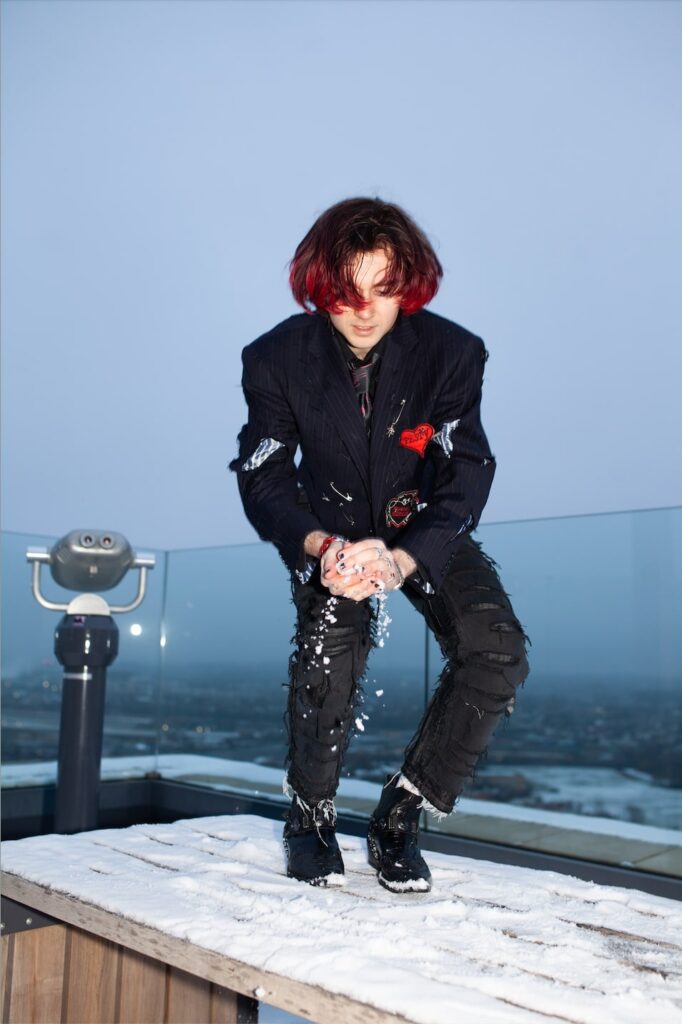
With that in mind. What makes photography your preferred medium of expressing yourself?
I’m a very visual person and I have references stored in my head for different occasions. I’ve studied photography since I was a kid so I guess it just feels natural to me. I love the history of it and pretty much everything else about it.
Also, it’s a fun lifestyle being a photographer – I get to be a bit nosy and meet interesting people whilst having a purpose in any situation.
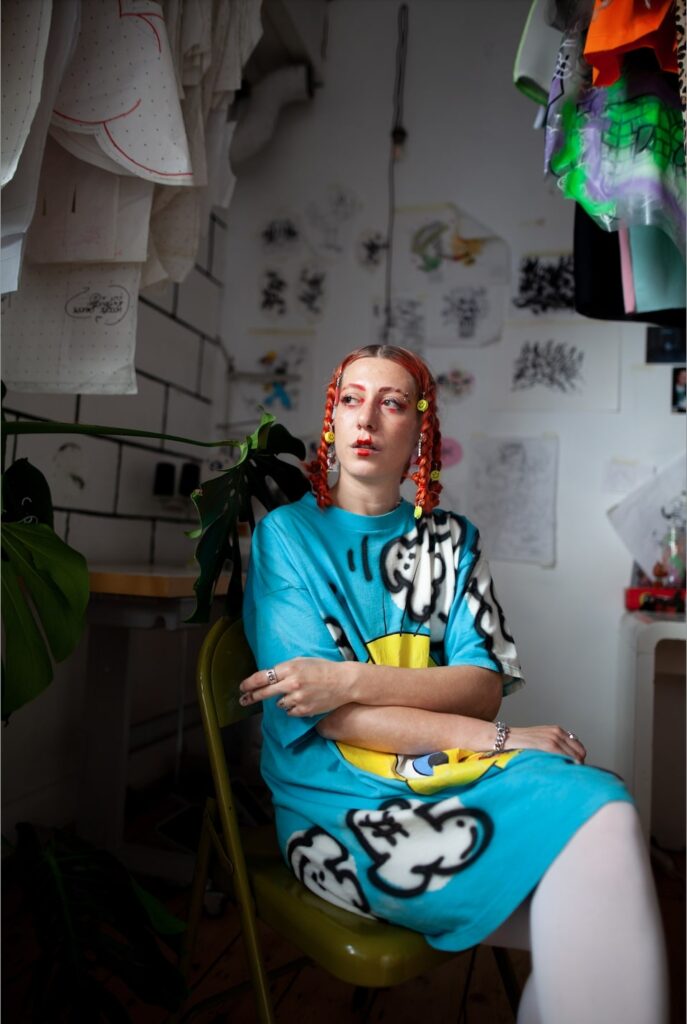
Other than the camera and lens. Are there any essential items that you always bring with you when shooting?
I usually bring a bottle of water and I used to bring chewing gum until the chiropractor told me to take a break because my jaw is a bit fucked. I sometimes bring lights with me, two soft boxes that I use to enhance the light if it’s a bit too dark. Other than that, it’s just me and my camera and two lenses. A 35mm and 24mm.
Are there anybody that you really want to photograph, that you haven’t had the chance to yet?
Could be anybody. Man, I don’t know – maybe myself, I’ve never really done any self-portraits, I’m not sure how to do it on my old camera. Maybe one day I’ll do that, document myself more as I age throughout life. Other than that, I like just photographing lots of people, nobody in particularly at the moment. In a way, I hope I’m already photographing the right people.
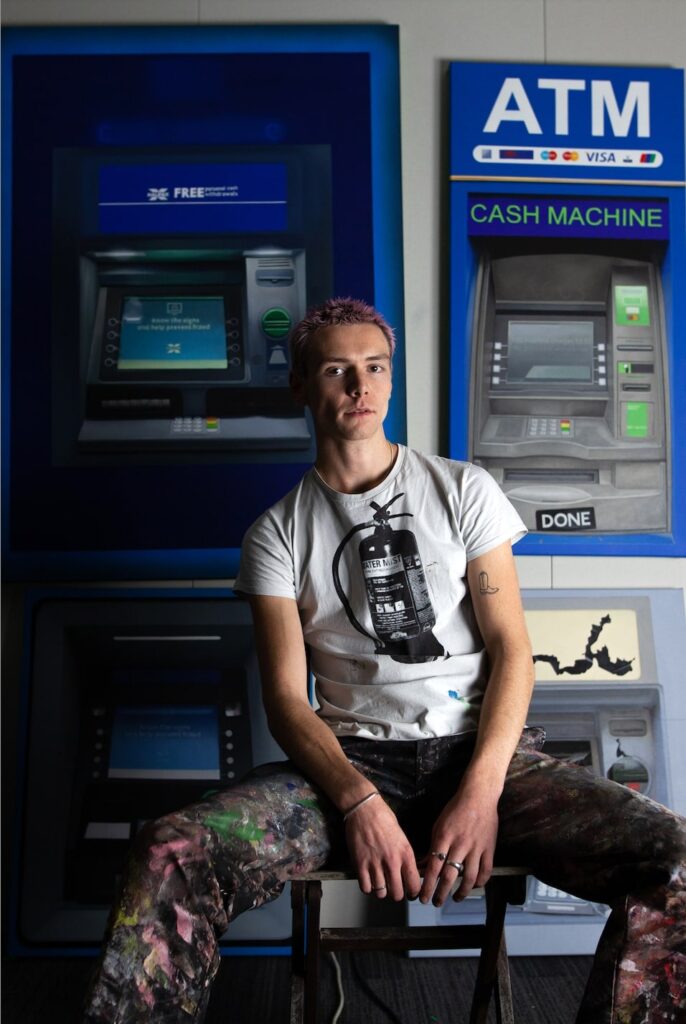
What’s your approach to light when you’re shooting?
I use mostly natural light. I turn off all other lights in the room and look for where the window is and where the light is coming from. When the light is harsh and tough to shoot, I actually enjoy it more: it’s more difficult and I have to be more technical to utilise it. I like being in London, the light isn’t often amazing but I always shoot anyway even if it’s shitty and raining. It’s all work and practice.
Same thing for your approach to setup. I read that you prefer a “clean” look when you’re shooting. Is that correct?
Yeah exactly, I’m not a big fan of mess, I don’t know how to work with it, I like cleanness in imagery, it’s true. Before shooting, I often get artists to move things and I help tidy stuff up too. I think people probably tidy before I come over and I’m sometimes slightly oblivious to the effort people have gone into. I just rock up and move some shit and get shooting.
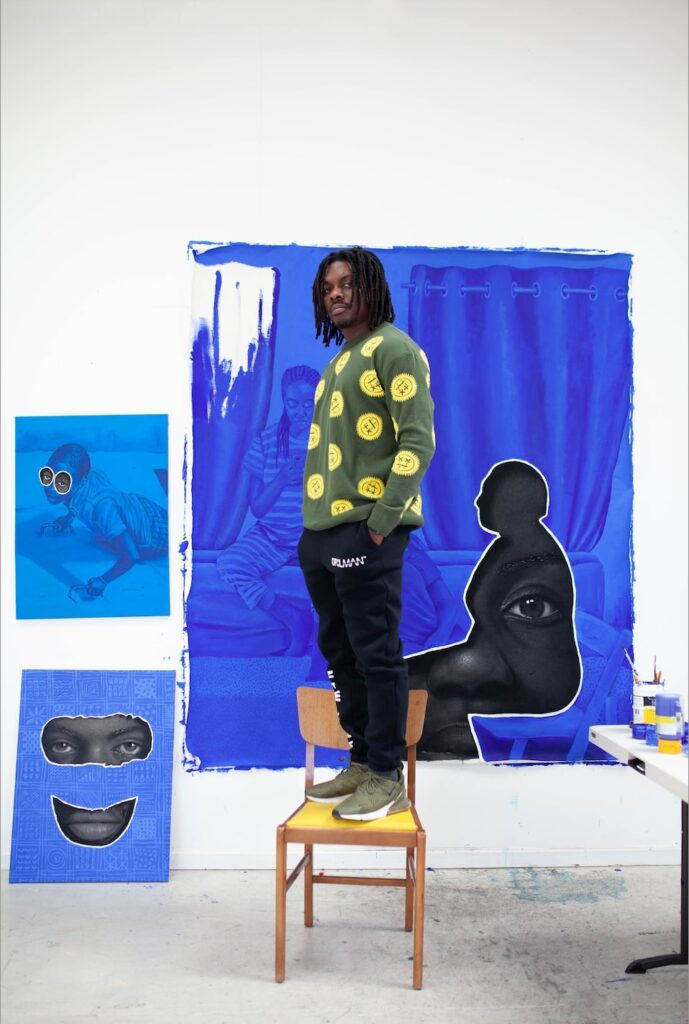
What’s next? Do you have any future projects in the works?
Next, I am curating a show at Guts Gallery – showing the work of over 30 artists’ that I have photographed over the last few years. I wanted to present some of the best artists in one exhibition so that I can connect everybody and show the world the amazing talent that is coming out of the UK right now.
Who do you look up to?
I look up to many people, I’ve been studying artists, photographers, musicians and people my whole life. I think somebody who I’ve always unquietly looked up to and try to be like is my Dad, he’s a chilled, calm man and that’s how I hope to be, a chilled out person who goes with the flow.
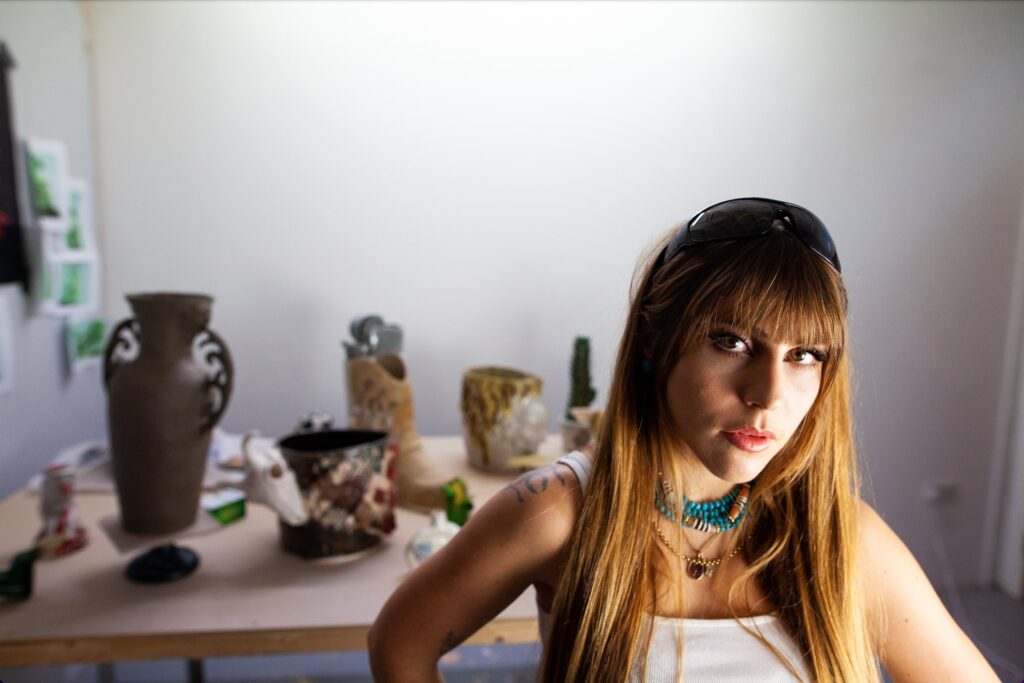
What motivates you?
Having lots and lots of photographs in my archive that I can pull out later on when I’m older. I want to look back and thank myself for having documented so many cool and interesting people when I had the chance. Someday, I hope it can be adocument of who’s who within my generation. That is what motivates me, to look back in the future.
How would you describe a perfect day?
Early morning, coffee, photographs with a subtle purpose and to be around interesting people who I respect and who respect me and we can have fun together.
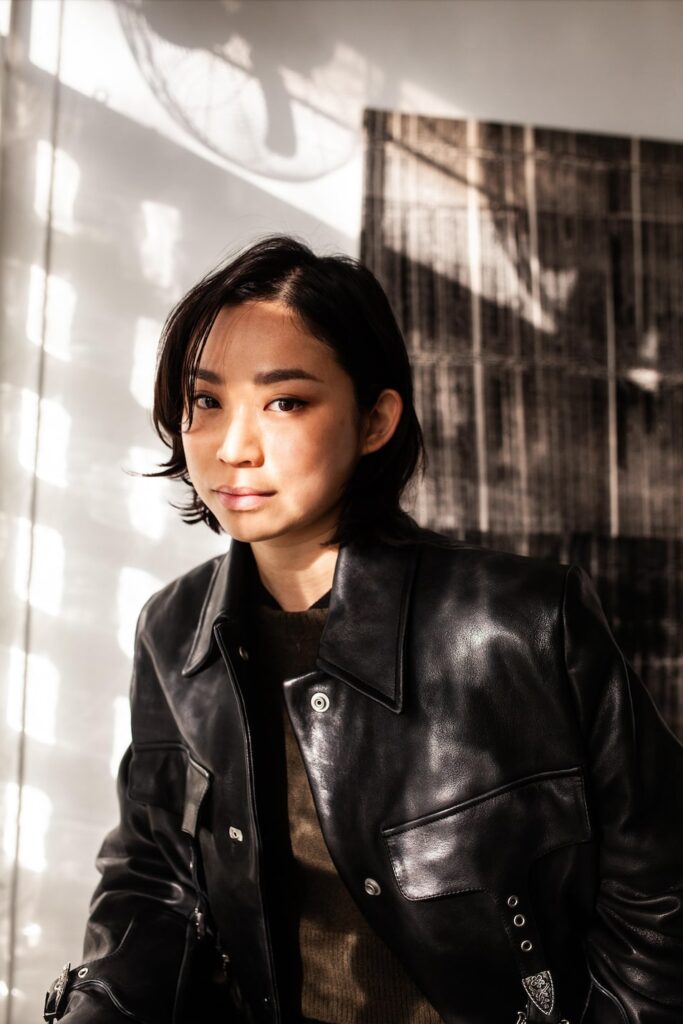
Alright Brynley. I always ask these two questions at the end of an interview. The first is. What’s your favoritemovie(s) and why?
Hmm, City of God is a great film. I haven’t seen it in a few years now but that’s a well done movie. Feels like you’re stepping into a world with the pacing, music and colours. I also read the book very slowly when I was young, I like to pick up a book and just start reading from a random page, it takes me ages to read but I enjoyed having read that book and seeing how it was adapted differently for the film.

The second is. What song(s) are you currently listening to the most right now?
I recently got into Leonard Cohen, I always knew he existed and made great music but I had never listened to any of it other than Hallelujah which is great too. He’s a cool man, I feel like he really crafted his lyrics, they’re clever and give a feeling. The song I currently like most is So Long, Marianne.
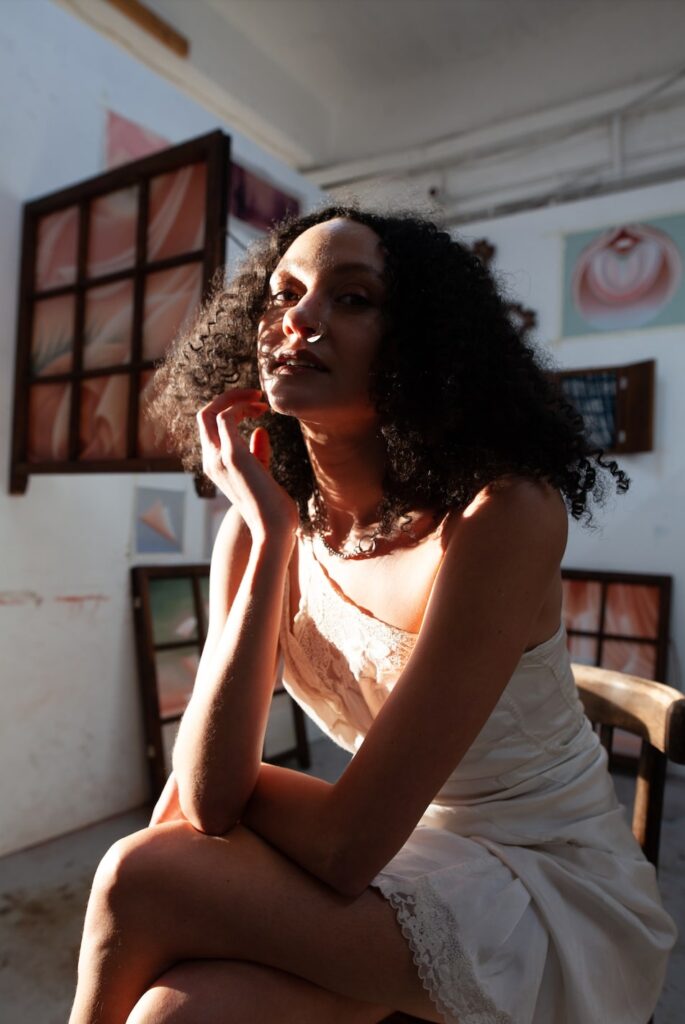
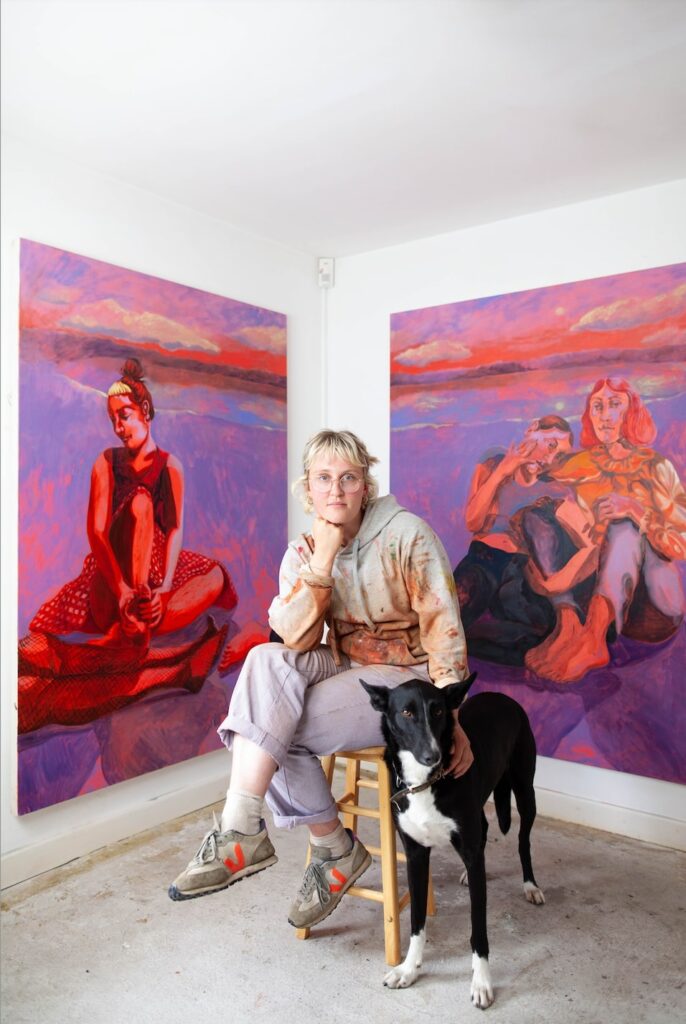
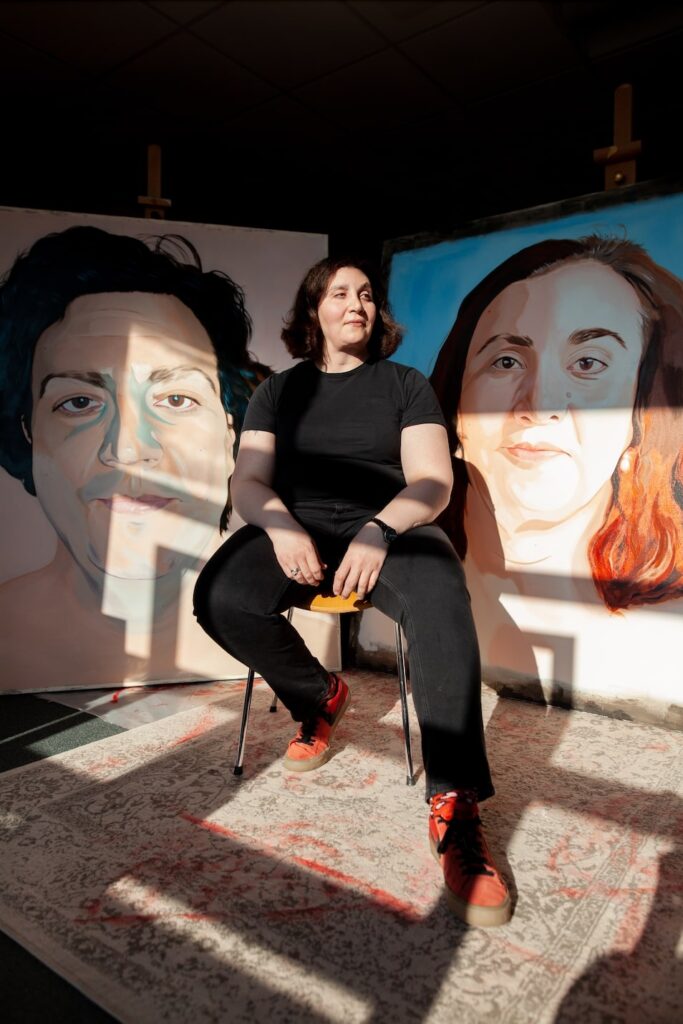
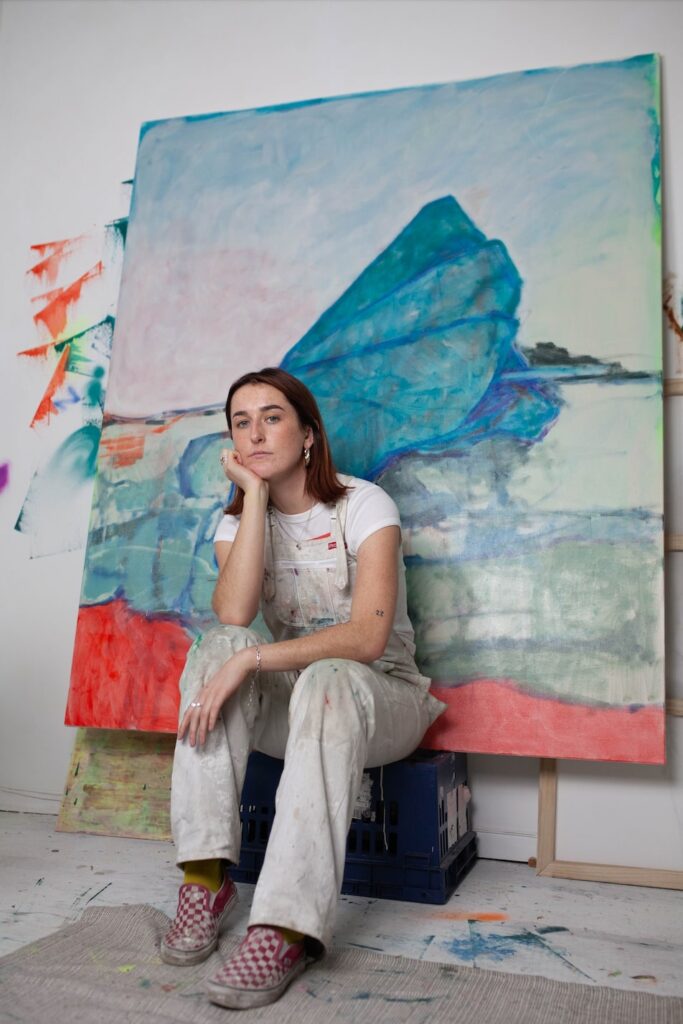

1 comment
[…] the who’s who of UK artists and creatives. It’s a fire interview, which you can read here! Since then we’ve stayed in touch, so I know he’s been a busy lad. He published a book, […]
Comments are closed.